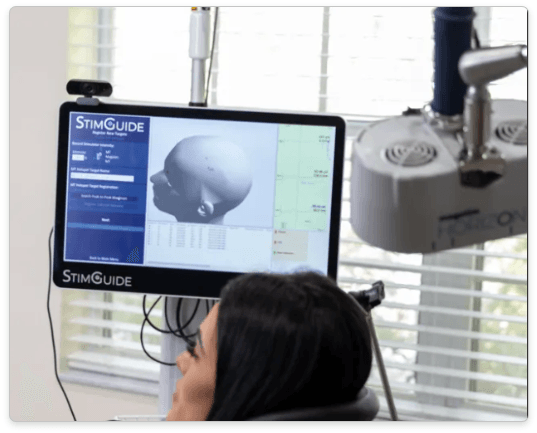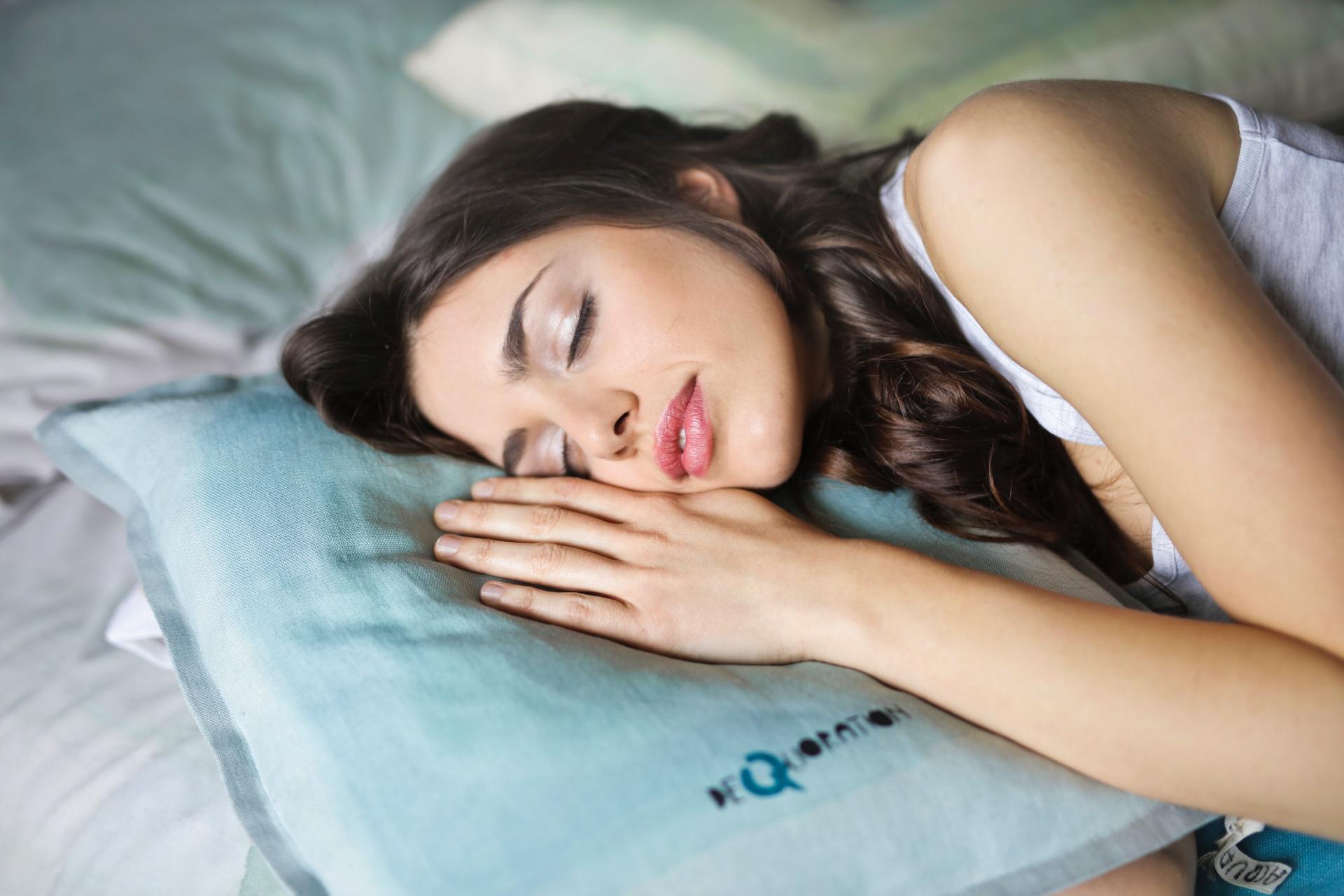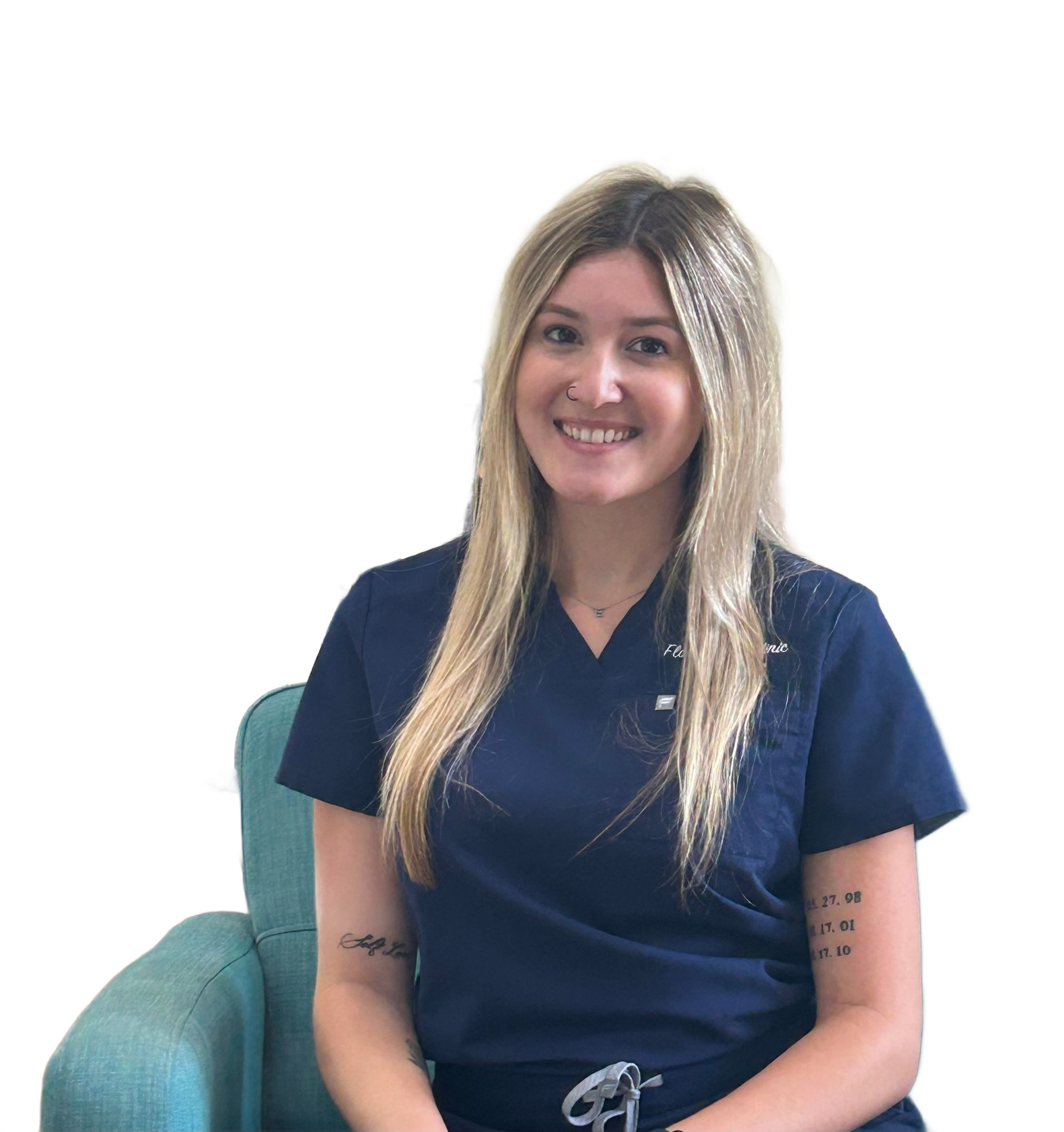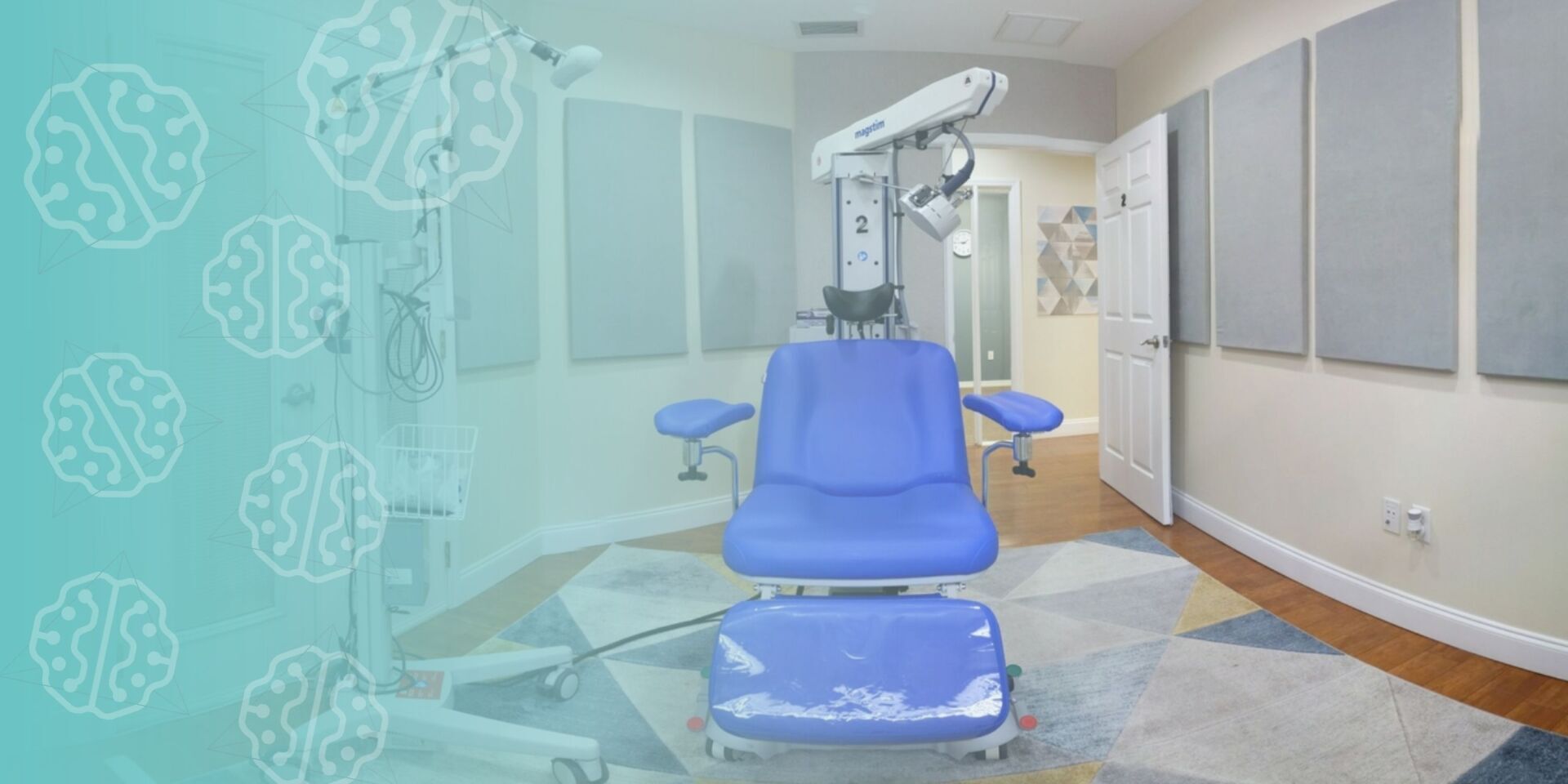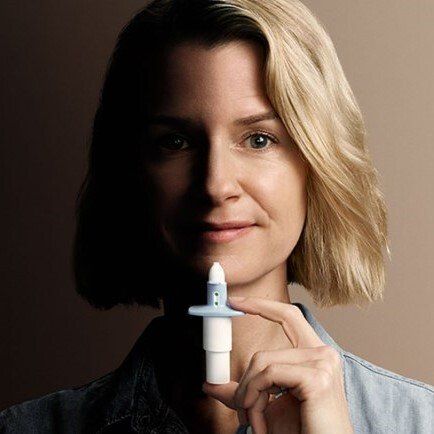TMS Plus Ketamine For Depression
~ 2 MIN READ
Both
TMS therapy and Ketamine enhances neuroplasticity in the brain. Helping depression sufferers beat depression and live a better life. It is not surprising that all eyes are on TMS plus Ketamine or TMS plus Esketamine together for Treatment Resistant Depression.
TMS Therapy
Transcranial Magnetic Stimulation or TMS therapy is an effective, safe, FDA-approved treatment option for Treatment Resistant Depression or TRD. It had been approved in the USA since late 2008. The American Psychiatric Association (APA) determined TMS Therapy was a treatment option when someone does not respond to an antidepressant, which is consistent with the FDA indication. We have an abundance of research supporting its safety and efficacy. It is uniquely positioned as a nonpharmacological treatment for depression, making it a unicorn in an overwhelming sea of antidepressants.
TMS therapy uses a magnetic pulse to target depression at the root source. The in-office procedure is non-invasive, and the patient is awake and aware during the session. A TMS session typically lasts 19 minutes, and a recommended full course of treatment includes five days a week for six weeks for 30 sessions. Immediately following the TMS treatment, the patient can return to their typical day, drive, and there are no adverse
side effects like those associated with antidepressants. In some cases, patients may experience mild scalp discomfort.
Generally speaking, about a third of patients will have
relief of depressive symptoms with TMS therapy, another third will have some improvement, and the last third wouldn’t respond to TMS. TMS antidepressant effect lasts for a relatively long term, with more than 60% of patients doing as well or better a year after the acute treatment.
How does TMS work? Click here to learn more.
Ketamine and Esketamine
More commonly known as a party drug, “special K” and causing the ‘K-hole” experience, the anesthetic ketamine was of particular interest in psychiatry because of its potent antidepressant effect in a matter of hours. Esketamine is the S-enantiomer of ketamine, which is more potent at the N-methyl-D-aspartate (NMDA) glutamate receptor than its mirror image, R-ketamine. Ketamine (or Esketamine) works through the NMDA receptor to lead to the growth of new nerve connections (synapses). This phenomenon is often referred to as neuroplasticity.
This means that Ketamine and Esketamine work differently than existing
antidepressants. Rather than affecting one of the “monoamine” neurotransmitters (serotonin, norepinephrine, and dopamine), as antidepressants do, it acts on glutamate, the most common chemical messenger in the brain. Glutamate plays a vital role in the changes synapses undergo in response to experiences that underlie learning and memory. That is why researchers suspected such “neuroplasticity” would lie at the heart of ketamine’s antidepressant effects.
Why is Ketamine important for treating depression?
Mainly because of its ultra-fast antidepressant effect. Other treatments for suicidal thoughts and depression often take weeks or even months to take effect. This applied to CBT, ECT, or TMS. In the clinical studies leading up to esketamine’s FDA approval, most of the treatment difference between esketamine and placebo was observed at 24 hours, demonstrating an earlier response than other treatments. In one particular clinical trial by Canuso, Carla M, et al, intranasal esketamine (brand name Spravato) showed a significantly rapid improvement in depressive symptoms, including some measures of suicidal ideation, among depressed patients at imminent risk for suicide.
Thus far, most research has been on ketamine infusion, which is racemic ketamine. This is sometimes called intravenous, or IV, ketamine. It is a mixture of two mirror-image molecules: “R” and “S” ketamine. While it was approved decades ago as an anesthetic by the FDA, it is used off-label to treat depression. On the other hand, S-ketamine or Esketamine (Spravato), was
FDA approved in March 2019. Sparavto is given as a nasal spray. It uses only the “S” molecule of Ketamine.
Spravto has good clinical evidence of efficacy. The main study by
Popova, Vanina, et al, showed a clinically relevant, favorable improvement in depressive symptoms with esketamine (either 56 mg or 84 mg) nasal spray plus a newly initiated antidepressant as assessed by change in MADRS score after 28 days in adult patients with treatment-resistant depression and clinically meaningful benefit 24 hours after the first dose. In a systemic review by
Zheng, Wei et al, four RCTs with seven active arms covering 708 patients with MDD on intranasal esketamine (n = 419) and placebo (n = 289) were included. Compared with placebo, adjunctive intranasal esketamine was associated with significantly greater study-defined response.
What conditions are treated with TMS?
To avoid drug misuse or abuse, the esketamine nasal spray treatment is only available at certified healthcare facilities and can only be administered by a healthcare provider. Spravato or esketamine nasal spray treatment is administered twice weekly for four weeks, followed by once weekly for an additional four weeks, then every one to two weeks after that. After each dose, the patient must be monitored by a healthcare provider for two hours to watch for adverse side effects, including dissociation, sedation, cognitive impairment, and elevated blood pressure, and the patient is not allowed to drive or operate heavy machinery until the following day. Patients who responded or remitted to esketamine were less likely to relapse if they continued with maintenance.
Now that we know that TMS can help TRD and Ketamine can help TRD, how about combing both together. Can TMS plus Ketamine help as augmentation for each other?
TMS plus Ketamine
Despite the augmentation potential for the combination of ketamine and TMS therapy simultaneously, not much research was done to clarify its efficacy. We lack sufficient data supporting doing intranasal Esketamine (Spravto) with TMS therapy. We have some data showing the effectiveness of IV racemic ketamine plus TMS therapy. A study by Best, Steven R D, et al, examined the clinical benefits of combining two established depression treatments, TMS and ketamine infusion, for patients suffering from treatment-resistant depression. The impressive and statistically significant reduction in CGI-S values for 28 participating patients indicated a synergistic effect. Furthermore, results confirmed the long-term remission (two years following treatment) achieved. TMS plus Ketamine combines the rapid onset of relief, commonly experienced with ketamine infusions, with the longer-term benefits observed with TMS treatments. TMS’s higher intensities were achievable through the conscious sedation/moderate anesthesia resulting from the ketamine infusion, which resulted in high treatment efficacy and reduced drop-out from TMS. The requirement of fewer treatment sessions further improves patient adherence to the protocol.
In conclusion, TMS plus Ketamine is a promising augmentation approach for the treatment of depression. The combination of TMS plus intranasal Esketamine (Spravato) deserves further clinical investigation as it could be very promising as a potent, rapid, and
long-lasting treatment for depression.
